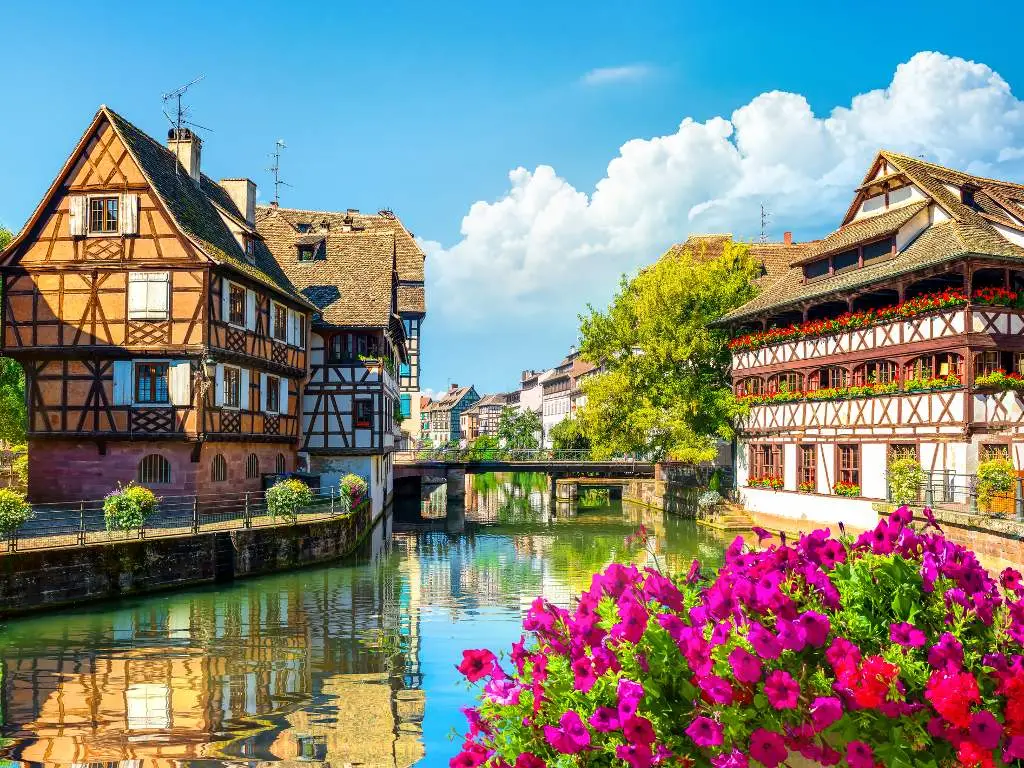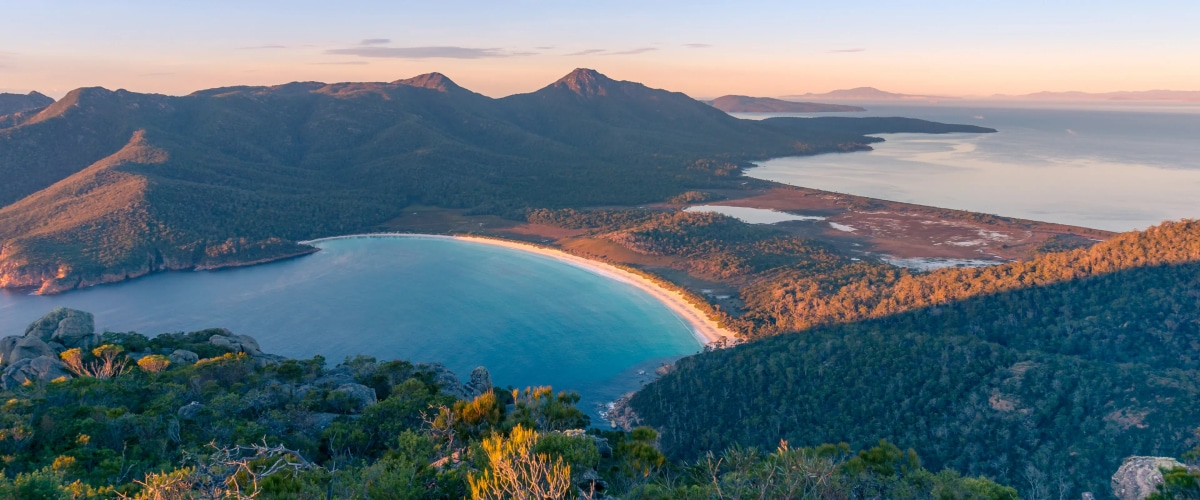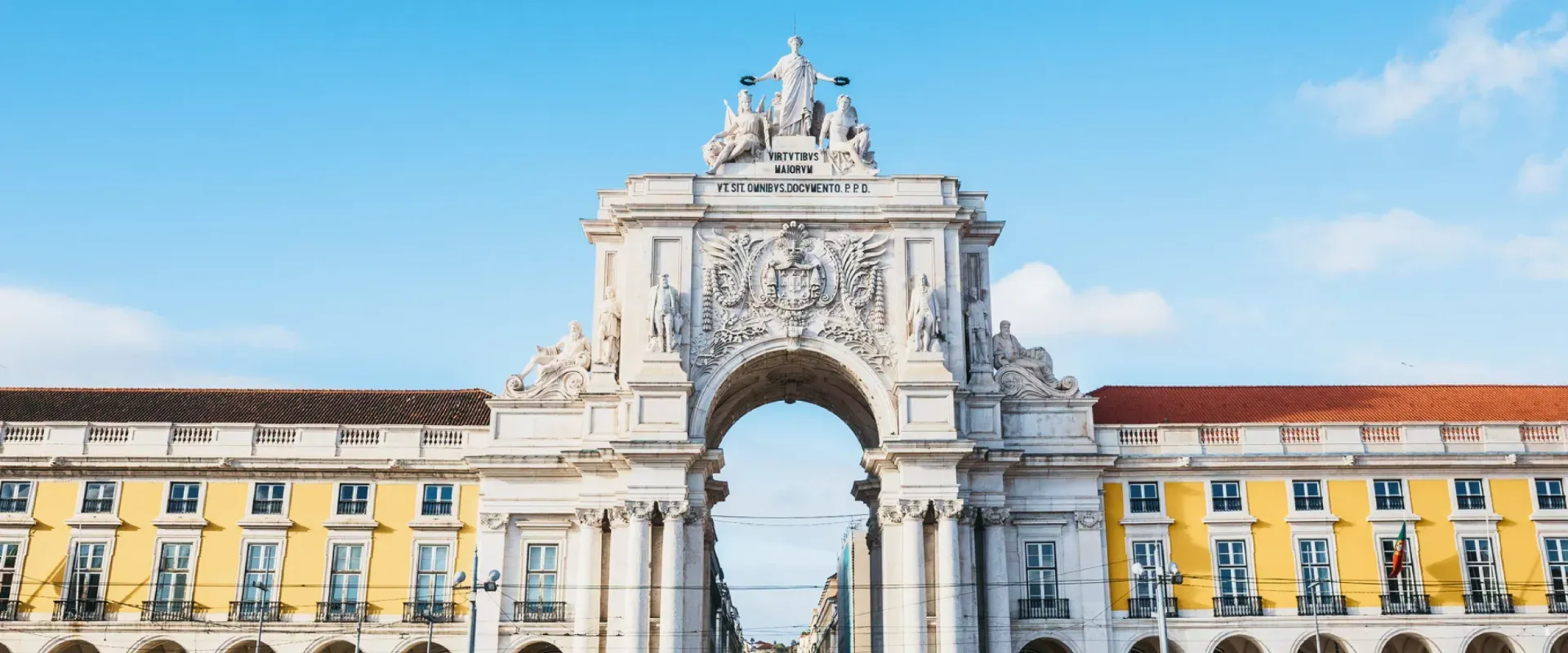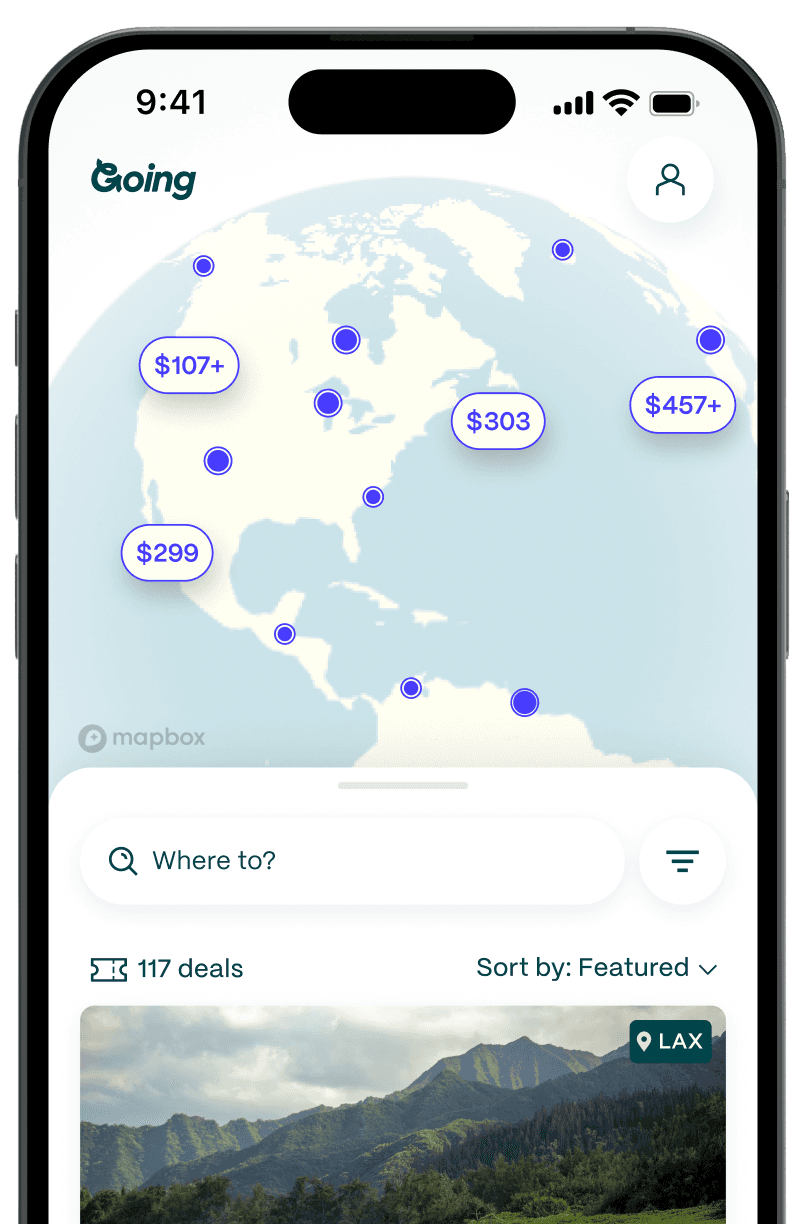
Christchurch: The South Island City That Rose From Rubble
As New Zealand’s second-largest city, Christchurch is significantly smaller than the gateway city of Auckland, giving it an easygoing vibe and much less traffic than its North Island counterpart. Located roughly halfway down the South Island, on the Canterbury Plains that rise inland to the Southern Alps, the city was founded as an English settlement in the 1850s, on land previously controlled by the Ngāi Tūāhuriri hapū (sub-tribe) of the South Island’s Kāi Tahu iwi (tribe).
Christchurch today is a wholly modern city. The English colonial buildings that long characterized the city were mostly destroyed in the earthquakes of 2010 and 2011, prompting the somber, serious city to start afresh. Whether you’re using it as a starting point for South Island travels or want a full-on city break, Christchurch has what you’re looking for.
Built back better

Any introduction to Christchurch must begin with the devastating earthquake of 2011 that killed 185 people and destroyed around 80% of the buildings in the city center. The disaster changed the face of Christchurch in immediately obvious ways—the eponymous Christ Church Cathedral lost its spire—and in long-term ways, too. In the rebuilding process, the central city underwent major changes to its layout and got an incredible spruce up.
The center was shifted south and thoroughly modernized. Cathedral Square, as well as its cathedral, is a shadow of what it once was but is being rebuilt (the full project is set to be finished in 2027, though some sections have already been finished). The staid English heritage buildings have largely gone. What has taken their place has turned Christchurch into (arguably) New Zealand’s most appealing and thriving big city, thanks to vibrant street art, a bustling riverside dining precinct, and a children’s playground.

You can learn more about the earthquake and its effect on Christchurch at Quake City and pay your respects to those who lost their lives at the Canterbury Earthquake National Memorial on Oxford Terrace.
Touristy but worth it

Some “touristy” attractions in major cities fall squarely in the “trap” category and can be avoided, but there are a couple of great exceptions in central Christchurch. Restored late 19th-century trams ply a route through the central city, passing must-visit attractions like Cathedral Square, the Arts Centre, Cashel Street and the Riverside Market, and the Botanic Gardens. The informative commentary and hop-on hop-off system makes this a handy way to get around.
One stop on the route is New Regent Street, a strip of colorful Spanish Mission–style buildings from the 1930s and '40s that now house cafés, restaurants, and boutiques. In a city known for its solid English architecture, the pastel colors and flourishes of the style more commonly found in the southwestern US is quite a treat. The street could be kitsch but it’s not, perhaps because it retains an air of inner-city graffiti and grunge, with some tattoo parlors and boarded-up shop fronts.
Art from rubble

It’s said that art is born out of adversity, and Christchurch has experienced plenty of that. But even post-disaster art booms need somewhere to go. Many of Christchurch’s grand old gallery buildings were damaged or destroyed in the quakes. Before institutions like the Gothic-revival Arts Centre or the Ravenscar House Museum could be restored (the former) or relocated (the latter), the scarred urban landscape was brightened up with street art and murals, so much so that street art has become a notable feature of the post-earthquake inner city.
Visitors to Christchurch can check out the online map at Watch This Space to create an itinerary before they arrive. Must-see highlights include “Kaitiaki,” representing a tattooed Māori woman presiding over the city as a guardian (it’s on the YMCA building, which also provides great budget accommodation), and the Antarctica mural, one of the city’s biggest murals, on the side of the Novotel Hotel in Cathedral Square.
Antarctica calling
Technically, Christchurch is not the closest New Zealand city to Antarctica—that would be Invercargill. However, it is one of the five gateway cities to the frozen continent, as it accommodates boats and planes that are used to travel to Antarctica, though tours from here are not nearly as common as from other gateways, say Ushuaia in Argentina, due to a much longer and more expensive itinerary.
Christchurch is also home to the International Antarctic Centre; exhibits and multimedia experiences teach about the ecological and scientific importance of Antarctica—you can even feel firsthand what 0-degree-Fahrenheit winds feel like in a storm dome (perhaps not all that novel to Americans from the north but rather confronting to Antipodeans!). Christchurch’s temperate climate will feel positively tropical in comparison.
New Zealand maintains the Scott Base in Antarctica, where scientists are studying, among other things, the effects of climate change. While Christchurch is still a long way from Antarctica—about 2,500 miles, similar to the distance between San Diego and Portland, Maine—it remains an ideal place to learn more about New Zealand’s role on the continent.
Dine down by the river

Central Christchurch’s Avon Riverfront area has been a major beneficiary of post-earthquake revitalization and rebuilding; it now encapsulates much of the positive development that’s taken place.
After all of the permanent structures in the area were destroyed or rendered unsafe by the earthquake, a temporary container mall was established on Oxford Terrace. Several years later, it was made permanent through the Riverside Market, a seven-days-a-week covered farmers’ market and food venue. It’s a great place to stock up on local produce for picnics and self-catered meals (though it’s not the cheapest).
The market also happens to be an epicenter of Christchurch’s contemporary culinary scene. Grab a French crêpe at The Creperie, Nepali momos at Kathmandu Momo House, or a Greek gyro to go at Dimitri’s Greek Food Riverside, and sit on the riverside terraced seating with views of the Bridge of Remembrance.
Christchurch for kids (or adults who are children at heart)
If you’re the type of parent who tries to distract your kids as you pass a playground, just give in and put the Margaret Mahy Playground on your itinerary. Named after the famous New Zealand children’s author and opened in 2015 as part of post-earthquake recovery efforts, the playground will wow parents as well as kids. With water-play areas, giant slides and tunnels, a flying fox (no animals harmed here—it’s just another name for a zipline), all kinds of climbing and bouncing apparatus, plenty of shade, and food and drink vendors much of the time, you could easily spend several hours here. And you probably will, if the kids have their way!
Other kid-friendly highlights in Christchurch include Orana Wildlife Park, Willowbank Wildlife Reserve, the Christchurch Adventure Park in the southern suburb of Cashmere, and the Christchurch Gondola to the top of Mount Cavendish, located in the Port Hills east of the central city, from which there are great views.
The long days of Sumner

Christchurch is a coastal city without being a coastal city: The central city is about 7.5 miles from the coast, and in town, the dominating water feature is the River Avon. But lovely Sumner Beach is about eight miles away, and come summer, it’s a favorite local hang out. Restaurants, cafés, bars, and surf schools line the 0.7-mile promenade.
At the eastern end of the beach, Cave Rock—a massive hump-shaped rock that resembles a whale—is a fun place to clamber amid the rock pools if the tides allow. The local Māori people say the rock (known as Tuawera in the te reo Māori language) is a whale beached here by black magic, killing the people who ate its flesh. It’s also a favorite spot to catch the sunset, which, as Christchurch is so far south in the country, isn’t until after 9pm at the height of summer (late December).
Traverse the South Island’s spine

Whether you’re looking for an easy way of getting to the West Coast or seeking a scenic day trip from Christchurch, jump on board the TranzAlpine train, which crosses the barely penetrable mountainous spine of the South Island. Many travelers to the South Island arrive at Christchurch’s international airport and want to venture farther afield on the island, but there are limited places where the Southern Alps can be crossed. The TranzAlpine is one of the easiest ways of getting to the West Coast.
It departs Christchurch early in the morning and passes through the flat Canterbury Plains before rising into the Southern Alps, through Arthur's Pass National Park and the five-mile Otira Tunnel, past broad Lake Brunner, and arriving in the coastal town of Greymouth five hours later. Highlights include views of snow-capped Craigieburn Range and the bright-blue braided Waimakariri River from high rail bridges. Rent a car in Greymouth to explore the West Coast, spend the night in Arthur’s Pass Village to hike and chase waterfalls, or take the train back as a rather long day trip, returning to Christchurch in the evening.
Good to know
Is Christchurch expensive?
Christchurch, like all of New Zealand, is not a cheap destination, but it does tend to be somewhat more affordable than Auckland or Wellington. A mid-range hotel will cost around $85 USD per night, while lower-budget hostel rooms can be found for around $65 USD. A main-course meal in a mid-range restaurant costs around $18 USD, and while you can keep costs lower by self-catering from supermarkets, the price of groceries in New Zealand is exceptionally high. Sightseeing activities are usually ticketed: Expect to pay $20 USD for a one-day ticket for the sightseeing tram and about $12 USD for entry to museums.
Best time to visit Christchurch
The Southern Hemisphere’s late spring to early autumn (November–April) is the best time to visit Christchurch, as the weather is generally warm and pleasant and ideal for sightseeing on foot or visiting nearby beaches. Winter (June–August) tends to be quite cold, but nearby ski fields are a reason to visit when it’s colder.
What languages are spoken in Christchurch?
The main languages spoken in Christchurch are English, te reo Māori, and New Zealand Sign Language. The most widely spoken language throughout New Zealand is English. Te reo Māori and New Zealand Sign Language have both been designated official languages in the country, and you’ll see te reo written in many places, though you’re less likely to hear it spoken in Christchurch than in northern parts of New Zealand.
Christchurch with kids
Christchurch is a great destination for families. The central area is compact and easily walkable, and there are good playgrounds, parks, and museums to keep little ones entertained.
Christchurch public transportation
The public transport options are better in Christchurch than in many other parts of New Zealand, but note that they are still fairly limited. A sightseeing tram is good for getting around the central city (but is not cheap), and buses serve the rest of the city. There is also a ferry between Christchurch’s harborside suburb of Lyttelton and Diamond Harbor.
Is Christchurch safe?
New Zealand ranks #4 out of 163, according to Vision of Humanity’s Global Peace Index. As one of New Zealand’s largest cities, Christchurch tends to have more crime than smaller towns, but it is still generally safer than a lot of sizable cities around the world. Practice normal precautions as you would in any urban area.
An important caveat here is that Christchurch has long had a reputation as a racist city, where white supremacist gangs have flourished. Many travelers will find Christchurch to be a peaceful, tolerant, and friendly place, but it’s important to be aware of this particular tension, which is especially felt by Christchurch’s non-white residents but likely less so by temporary visitors.
New Zealand also ranks #17 with a score of 77/100 for LGBTQ+ equality, according to Equaldex's LGBT Equality Index.
Getting to Christchurch
- Main airport: CHC
- Average Going deal price for cheap flights to Christchurch: $749 roundtrip
More New Zealand destinations
Last updated August 30, 2024









